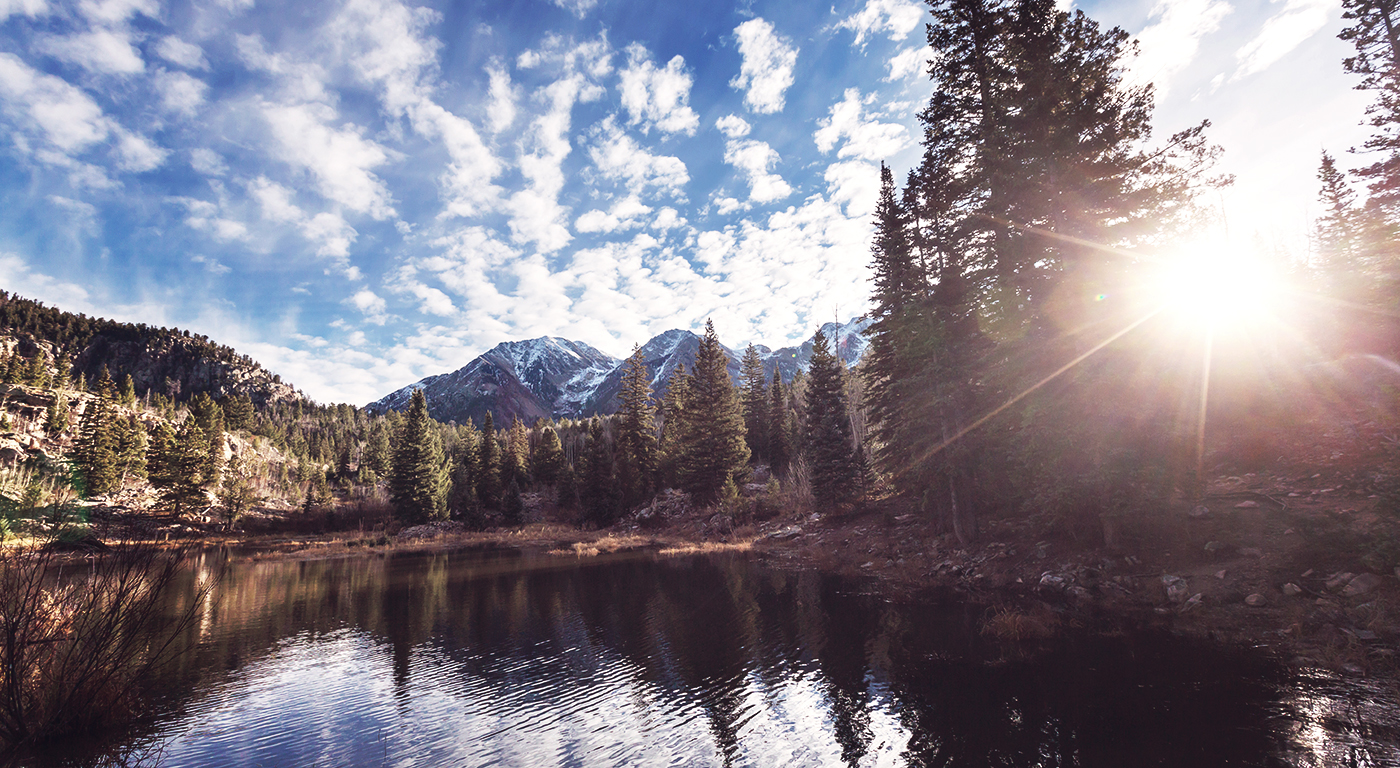
Scratching the Surface on Mineral Rights
Scratching the Surface on Mineral Rights
On February 13, 2013, Governor Hickenlooper spoke to a Senate committee in Washington D.C. about his support for Hydraulic Fracturing (“fracking”) and the regulations that the state of Colorado has set. Fracking has become a heated topic in Colorado with the city of Longmont recently banning fracking and many groups being concerned about its impact on Colorado’s environment, economy and housing market. Recently, the Colorado Oil and Gas Conservation Commission approved comprehensive new rules to limit the impact of drilling near residences and other occupied buildings. As more news comes to light on drilling practices in the state of Colorado, landowners are inquiring about their rights to their land and whether these rights include the rights to the minerals.
What is fracking?
Fracking is the process whereby water, sand and chemicals are pumped underground to break apart the rock and release the gas.
As of February 7th, 2013, there are 50,254 active wells in Colorado with the most being in Weld County. In 2012, 3775 drilling permits were approved in thirty-seven of Colorado’s sixty-four counties. 87% of the current active wells are in six counties: Weld, Garfield, Yuma, La Plata, Las Animas and Rio Blanco. (Source: www.colorado.gov/cogcc)
What happens if operators want to drill on my property?
As more drilling permits are being approved, landowners are concerned about what their rights are when operators want to drill on their property. There are a few terms that need to be defined first to have a better understanding.
Mineral rights: An interest in the minerals in land together with a right to enter upon land and extract the minerals or a right to receive a royalty from the extraction of the minerals. Mineral rights may include all or only some of the minerals in land. Historically, the federal and state governments usually would have reserved some or all of the mineral rights when the land was first granted (or patented) into private ownership.
Surface rights: The landowner’s rights to the surface of the land (except when restricted by the mineral owner’s rights). This may include the rights to other minerals and substances, which have not been severed, below the surface of the land.
Severance of mineral interests: The owner of land in the state of Colorado may separate or sever the ownership of the land so that ownership to the minerals vests in one person and ownership to the surface of the land vests in another. This creates a “split” or “severed” estate, with separate chains of title for each estate.
If the owners of land are unsure whether their ownership includes any or all of the mineral rights, a good starting point is to check the vesting deed and title insurance policy to see if there are any references to mineral rights. These documents may not disclose the present owner of the minerals, and a search outside of the real estate records will be required. The Colorado Oil and Gas Conservation Commission should be able to provide more information about the present ownership and use of the mineral rights. In addition, the owners should contact a real estate attorney who specializes in this area of the law.
Last February, a bill in the Colorado Legislature (HB 12-1164) was defeated that would have required the sellers of real estate disclose whether or not the seller knew if the mineral rights or water rights had been severed from the surface rights. This bill has been postponed indefinitely.
New rules to limit drilling impacts
On January 9, 2013, the COGCC passed some of the strongest rules in the country to limit the impact of drilling near residences and other occupied buildings. These new rules went into effect on August 1, 2013.
The new rules include some important provisions. They include:
- Operators proposing to drill within 1,000 feet of an occupied structure would be required to meet new and enhanced measures to limit the disruptions a nearby drill site can create. Those measures include closed loop drilling that eliminate pits, liner standards to protect against spills, capture of gases to reduce odors and emissions, as well as strict controls on the nuisance of noise, dust and lighting.
- Existing setback (local communities and heightened distances) standards of 150 feet in rural areas and 350 feet in urban areas are extended to a uniform 500 feet statewide.
- Operators cannot drill within 1,000 feet of buildings housing larger numbers of people, such as schools, nursing homes and hospitals, without a hearing before the Commission.
- Operators must engage in expanded notice and outreach efforts with nearby residents and conduct additional engagement with local governments about proposed operations. As part of this, operators proposing drilling within 1,000 feet must meet with anyone within that area that requests a meeting.
- Two of the new rules to become familiar with are Rules 305 and 306. Rule 305 requires an operator to give thirty days notice to the surface owner before they begin drilling operations. Rule 306 requires operators to provide the surface owner with a description of the proposed drilling location, dimensions of the well site, and if known, the location of associated production or injection facilities, pipelines, roads and any other areas to be used for oil and gas operations.
Within the thirty day notice period, the surface owner may propose to enter into a surface use agreement. A surface use agreement is where the surface owner and the drilling operator negotiate certain aspects of the process via a written agreement. It is recommended that a homeowner should contact an attorney once they get a notice of drilling on their property.
For more information on legislation passed by the COGCC and other information regarding surface owner concerns, visit http://cogcc.state.co.us/.